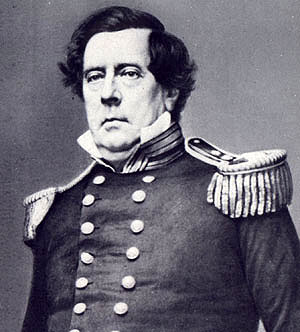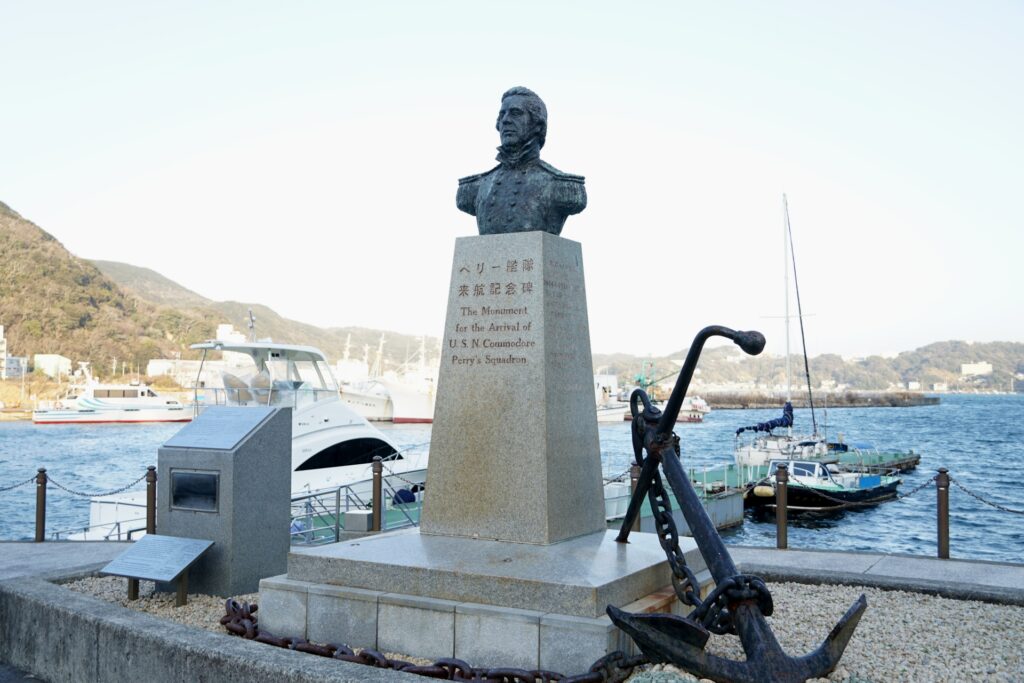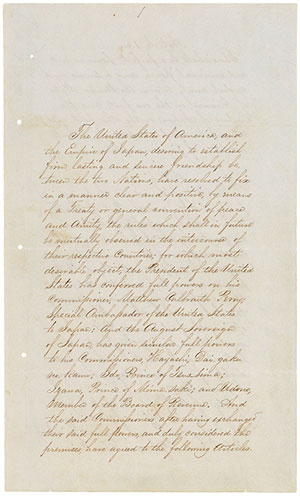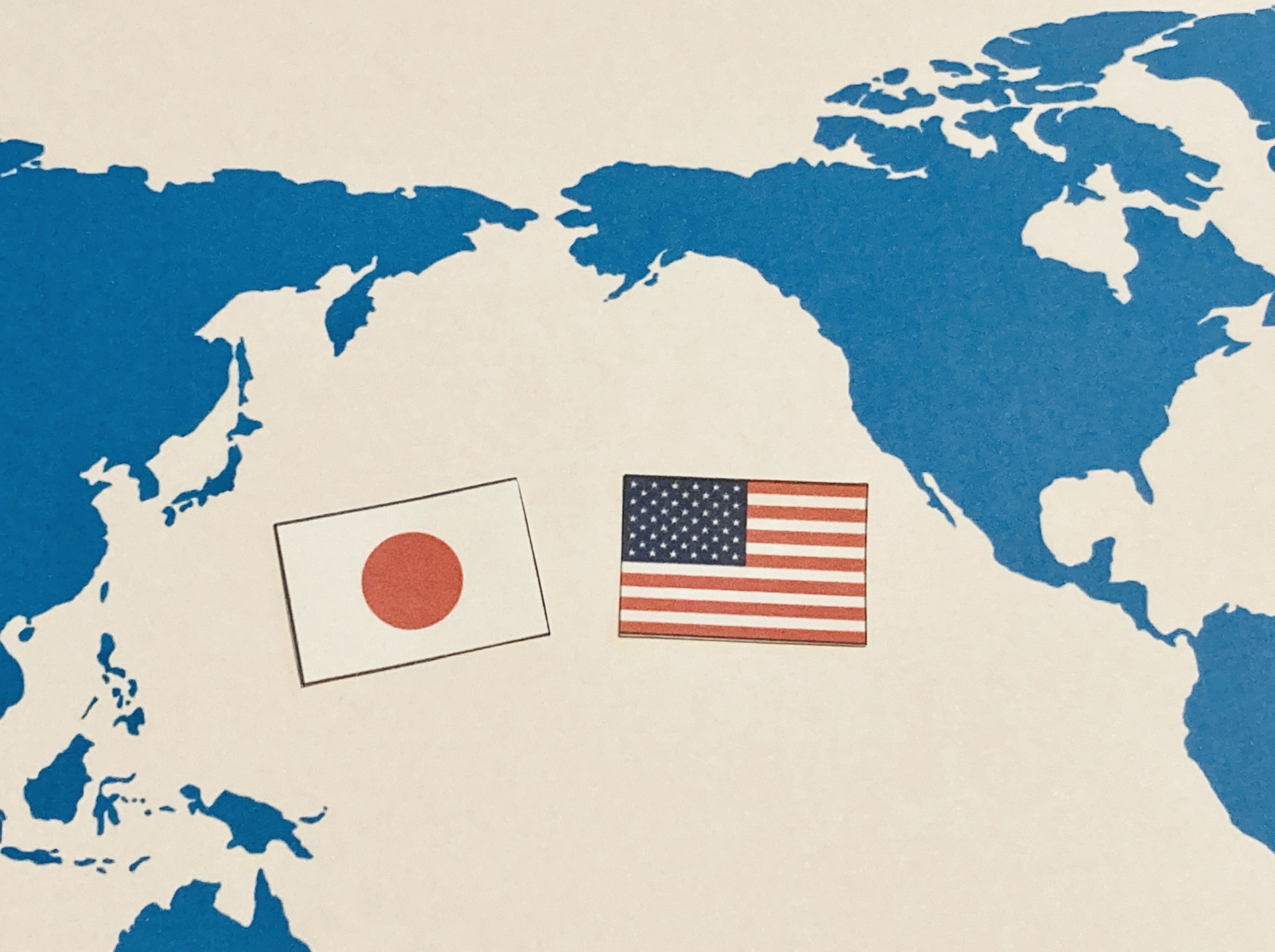Konnichiwa! The Treaty of Kanagawa stands as a pivotal moment in Japan’s history, marking its opening to the world after centuries of isolation. Signed in 1854 between the United States and Japan, this treaty not only transformed international relations but also left a lasting impact on the Kanagawa Prefecture and its people. In this post we will explore the history, implications, and effects of this significant agreement.

Planning a trip to Japan?
Understanding the Treaty of Kanagawa
Background: Japan’s Isolation
Before Perry’s arrival, Japan had limited interactions with the outside world due to its policy of isolationism, which allowed only a few select foreign powers to engage in limited trade with Japan. The Dutch were one of these privileged nations and maintained a trading post on the island of Dejima in Nagasaki Bay. This trading post was the only place where Japan permitted foreign trade and cultural exchange during the period of isolation.
Commodore Matthew Perry was sent to Japan in 1853, during the Edo period, by the United States government on a diplomatic mission to negotiate the opening of Japanese ports to American ships for refueling, resupplying, and, most importantly, trade.
Arrival of Commodore Matthew Perry

Photo courtesy of National Museum of the U.S. Navy
As part of Commodore Matthew Perry’s diplomatic mission to Japan in 1853-1854, he carried with him a letter addressed to the Emperor of Japan. This letter, known as the “Letter of the President of the United States to the Emperor of Japan,” was intended to request the opening of Japan to diplomatic and commercial relations with the United States.
The letter, written by President Millard Fillmore, emphasized the desire of the United States to establish friendly and peaceful relations with Japan. It outlined the benefits of trade and mutual cooperation between the two nations. The letter also conveyed the United States’ intention to establish a treaty that would facilitate the exchange of goods and the protection of American citizens in Japan.
Commodore Perry presented this letter to Japanese officials during his negotiations, which ultimately led to the signing of the Treaty of Kanagawa in 1854. While the letter itself did not directly result in the opening of Japan, it served as a symbolic gesture of the United States’ interest in establishing diplomatic and trade relations with Japan and laid the groundwork for further negotiations.

Terms of the Treaty
The Treaty of Kanagawa was signed on March 31, 1854, at the Kanagawa or Yokohama Bay, which is located in present-day Yokohama, Kanagawa Prefecture, Japan. The signing ceremony took place aboard the USS Powhatan, a steam frigate commanded by Commodore Matthew Perry. Commodore Perry represented the United States during the negotiations with the Tokugawa shogunate officials. The Japanese representatives included Hayashi Akira and his retinue. The signing of the treaty marked the end of Japan’s policy of isolation and paved the way for increased interaction with the outside world.

Why did Japan Decide to Sign the Treat of Kanagawa?
Japan decided to sign the Treaty of Kanagawa for several key reasons:

Impact on Kanagawa Prefecture
Economic Transformation
Cultural Exchange
Social Changes
Kanagawa Prefecture experienced significant growth and development after the signing of the Treaty of Kanagawa. The treaty played a crucial role in opening Japanese ports to foreign trade and investment, leading to economic expansion and modernization in the region.
The Treaty of Kanagawa played a pivotal role in shaping the trajectory of Kanagawa Prefecture, driving its growth and transformation into a vibrant center of trade, industry, and culture in Japan.
Positives and Negatives of the Treaty
Pros
Economic Growth: The treaty opened new avenues for trade, leading to economic prosperity and technological advancement.
Cultural Exchange: Kanagawa Prefecture benefited from the exchange of ideas, arts, and technology with the West, enriching its cultural landscape.
Cons
Loss of Sovereignty: Critics argued that the treaty compromised Japan’s sovereignty and independence by allowing foreign intervention in domestic affairs.
Social Disruption: The influx of Western influences created social tensions and conflicts, challenging traditional Japanese values and customs.
Impact on the People of Kanagawa
Opportunities for Merchants and Entrepreneurs
Challenges for Traditionalists

The Treaty of Kanagawa heralded a new era for Japan, marking its emergence from centuries of isolation into the global stage. While it brought economic opportunities and cultural exchange to Kanagawa Prefecture, it also posed challenges to traditional values and sovereignty. Today, the legacy of the treaty continues to shape the identity and trajectory of the region, reflecting the complex interplay between tradition and modernity in Japan’s ongoing journey of transformation.
Disclaimer: If you use the link on this page to purchase travel insurance, we will receive a fee from Freely, a brand of Cover-More Insurance Services Pty Limited ABN 95 003 114 145 (AFSL 241713) (Cover- More). We do not act for Cover-More or Freely. The information provided is only on the availability of Freely products. We do not give advice & the information provided is not intended to give an opinion or recommendation regarding the product. For information on how to contact Cover-More or Freely refer to the PDS, FSG & TMD which can be found on the Freely website.



